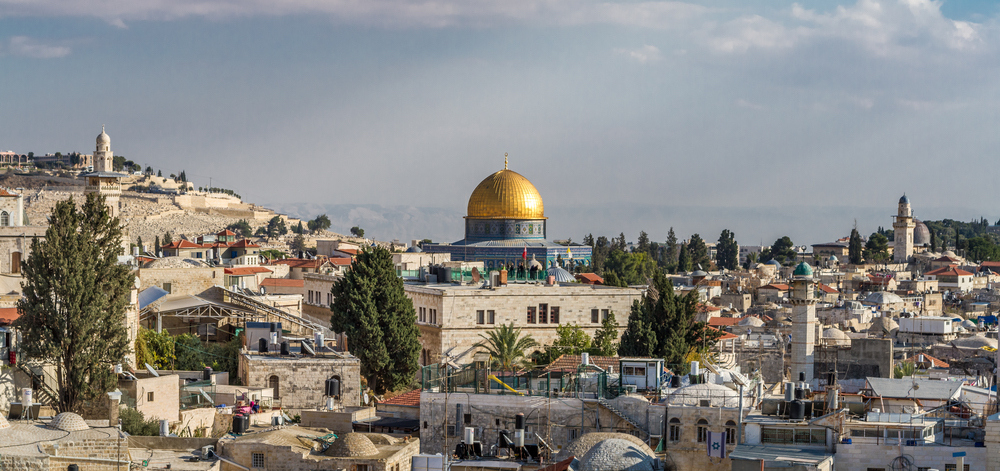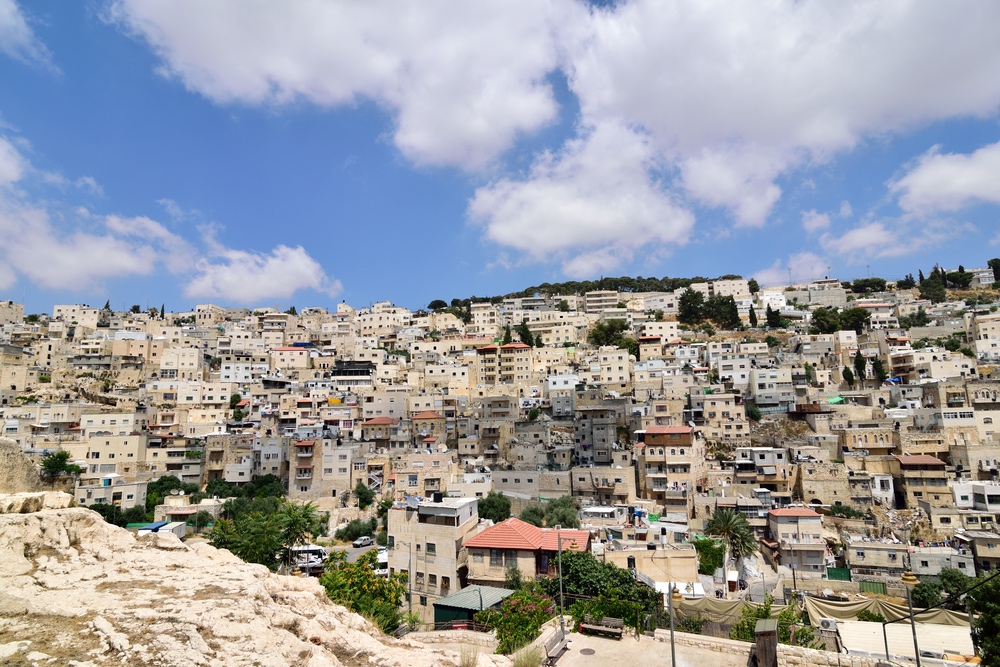
East Jerusalem – a rough and occupied city
Analysis. Israel has declared Jerusalem its eternal and undivided capital. Yet no embassies are located here. Israel's annexation of East Jerusalem has never been accepted by the international community. The situation in East Jerusalem, home of 370 000 Palestinians, shows how divided this city is. Thousands of Palestinian homes have been demolished. But for the individual the most problematic aspect is probably the insecurity of residence, writes Johan Schaar, former head of development cooperation at the Consulate General of Sweden in Jerusalem.
Publicerad: 2017-05-30
Jerusalem has come into focus with Donald Trump’s presidency. During his presidential campaign he declared his intention to move the US embassy from Tel Aviv to “the eternal capital of the Jewish people” as one of the first measures to be taken by the new President. It was to be part of a series of bold policy measures signifying the birth of “America First”, underpinned by the nomination of a leading supporter of settlements as the new US ambassador to Israel.
The Jerusalem that came into focus was the place of high politics, the holy city of the three monotheistic religions, the most treasured Israeli prize seized in the Six-Day War 50 years ago, and one of the remaining obstacles to a solution to the conflict between Israel and Palestine.
But there is another, much less known Jerusalem, the home of around 370,000 Palestinians, constituting 40 percent of the city’s population, the inhabitants of East Jerusalem. This is the Jerusalem that tourists will not see, except for the Old City, and a white spot on the map of most Israelis. This is where the wave of violent attacks of Palestinians against Israeli military, police and civilians began in early October, 2015. It is the part of Jerusalem illegally annexed by Israel in 1967 and the stage of a catalogue of violations of human rights and international humanitarian law.
The annexation has never been accepted by the international community, which therefore does not recognize Jerusalem as the capital of Israel. East Jerusalem remains occupied, hence the international consensus to maintain embassies in Tel Aviv, not in Jerusalem.
 Silwan, a Palestinian neighborhood in East Jerusalem, where Israeli settlers are expanding. Photo: Leospek/Shutterstock
Silwan, a Palestinian neighborhood in East Jerusalem, where Israeli settlers are expanding. Photo: Leospek/Shutterstock
As the occupying power, Israel is obliged to protect the population under occupation and see to its welfare. Instead, a set of policies has made the daily lives of Palestinians increasingly precarious. Being cut off from its hinterland in the West Bank, Jerusalem no longer serves as the natural center and primary market of the Palestinian economy. Palestinians from the West Bank and Gaza cannot visit Jerusalem without permits which are issued on often unclear grounds and difficult to obtain. Entering Jerusalem through checkpoints is a regularly humiliating experience with long delays for Palestinians, being subject to the whims of young Israeli soldiers.
Occupation policies have led to harsh socio-economic conditions in East Jerusalem. More than 80 percent of Palestinians live under the Israeli poverty line, unemployment is high, municipal investments and services favor West Jerusalem although Palestinians pay the same level of taxes as the Jewish population. Drop-out ratesare much higher than in the rest of Palestine in the fragmented and poorly resourced school system. Close to 100,000 East Jerusalem residents are shut out from their city center by the separation barrier, preventing them from accessing services despite being tax-payers. Palestinians have no political representation in Jerusalem – the Orient House headquarters of PLO was forced to close during the 2nd intifada in 2001. The Chamber of Commerce and other Palestinian institutions were closed during the years after, leaving an institutional vacuum which remains to this day.
The limited space reserved for Palestinians in East Jerusalem, only 9 precent is allocated for the use of re than a third of Jerusalem’s citizens, creates serious housing problems. It is very difficult to obtain a building permit and with families growing, many are forced to build without permits after years of waiting, which has led to the demolition of some 2,000 Palestinian homes by the Israeli authorities since 1967.
All these manifestations of the occupation create hardship for Palestinians, but for the individual the most problematic aspect is probably the insecurity of residence.
Palestinians who ended up in the annexed city in 1967 are treated as aliens by the Israeli government. Although most have lived in Jerusalem for generations, they were only given the status of permanent residents, a status which can be revoked for a variety of reasons by the Israeli authorities.
Palestinians may be exiled for acts considered illegal by the Israeli authorities, or as collective punishment – itself a war crime under the 4th Geneva Convention – of families for acts committed not by them but by family members or relatives.
There is also a more silent revocation procedure, although equally traumatic for the affected individuals. Palestinians must be able to show that Jerusalem is their “center of life”. If this cannot be proven for the past seven years, residency can be revoked, automatically, without notification. Palestinians pursuing a career or higher studies abroad risk losing their right to live in the city of their birth. The residence regime is a violation of Palestinian’s human rights and of international humanitarian law. In a recent legal opinion, the German IHL professor Michael Bothe stated that Israel’s practice of revoking the right of permanent residency violates the principle in international law that an individual has the fundamental right to a place where he or she can live in decent circumstances. “For the Palestinian living in East Jerusalem, this means a secure right of existence in East Jerusalem”.
Analyzing the conditions in East Jerusalem in 2012, the International Crisis Group named it a withering city – “a rough and angry place”.
Israeli authorities have blamed the violent events since October 2015 on “incitement” by the Palestinian Authority, despite the security coordination between Israeli and Palestinian authorities. But to most observers, including the Israeli security establishment, it is clear that the wave of attacks has been perpetrated by individual mostly young Palestinians, acting on their own, possibly fuelled on by or inspired through social media, but without any organization orchestrating or equipping the assailants. Violence is the product of the withering city described above – a people living with hopelessness, humiliation and trauma.
The notion of the undivided capital of Israel was shattered during the most intense period of the recent violence, when its internal borders reemerged as Palestinian parts of the city were closed off by Israeli roadblocks and checkpoints. No Israeli celebration of the swift victory fifty years ago can shield that East Jerusalem is an occupied city.